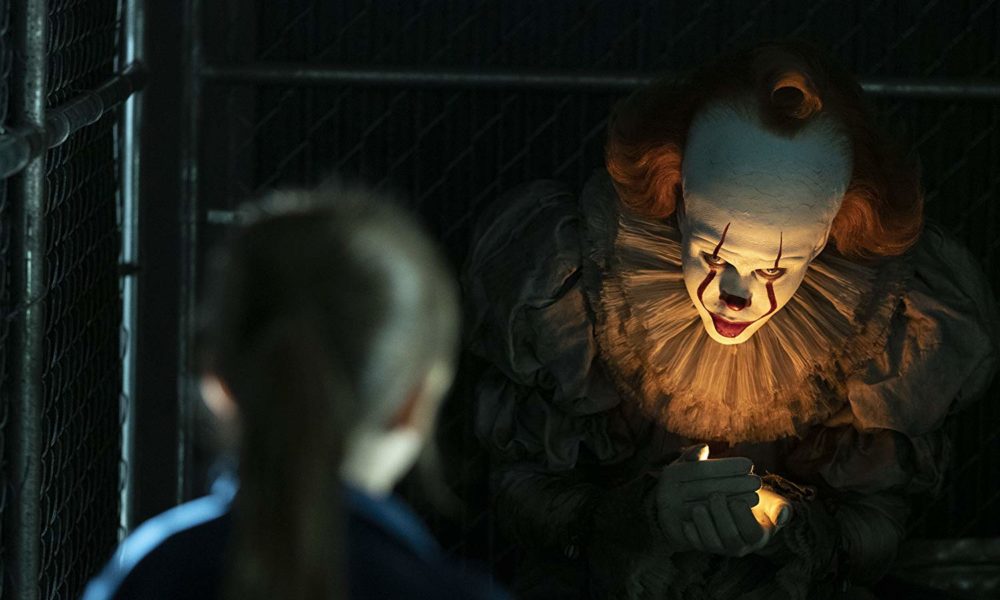“It Chapter Two” opens with an arresting scene. Two gay men are violently assaulted outside of a carnival by the homophobic locals. The violence is presented honestly and brutally, there is little in the way of cinematic flair, no swelling music or fancy effects.
The audience is left to suffer along with the hapless lovers. It is a brutal, powerful and subtle scene that perfectly sets the tone for the film that follows.
It’s a shame then that after the first hour the film devolves into such a mess. Its an ambitious, well-acted mess, but a mess nonetheless.
“It Chapter Two” was always going to be an uphill battle. Trying to adapt Stephen King’s 1,100 word epic about a supernatural sewer clown named Pennywise (Bill Skarsgård) who feeds on children is brazen at best. And the parts that “Chapter Two” adapts are less compelling than “Chapter One.”
Director Andy Muschietti’s solution was to have the film run for almost three hours. A startlingly long time for a horror film. Unfortunately the whole film buckles under the weight.
“Chapter Two” focuses on the Losers Club 27 years after the conclusion of “Chapter One.” Mike Hanlon (Isaiah Mustafa) rallies his old friends when the evil they battled begins to kill again.
Each actor is impeccably cast, with Bill Hader’s Richie and James Ransome’s Eddie standing out among the talented cast.
However, it’s Pennywise that steals the show. Skarsgård’s performance is textured and terrifying, effectively portraying an inhuman, malevolent force poorly imitating a person.
He adds genuine menace and is a wholly unique villain in horror. An oppressive, alien presence who hangs over the film like a black cloud terrorizing the hapless protagonists.
The old friends opposing this monster bounce off each other in such a charming way, it’s a shame that the bulk of the film sees them separated.
Almost as soon as the principal characters reconvene, they separate again, each on their own quest.
The following hour of the film sees them each assaulted by poorly animated computer-generated imaging abominations, one after the other.
These scenes are by the numbers, dull and predictable, dragging the pacing to a grinding halt.
What would be a total slog is saved by nuanced acting, but great performances can only do so much when the special effects and writing is below par.
The film becomes something horror should never be: predictable.
Sadly, this uneven quality grows even more apparent in the climax, which sees the worst scenes of the film followed by some of the best.
In an attempt to rewrite King’s (admittedly insane) ending, the film relies on scenes that feel like rejected ideas from the “Nightmare on Elm Street” sequels, that are so ham-fisted in their symbolism that what should be a terrifying and exhilarating climax instead feels corny and contrived.
However, the emotional resolution of the film, leaning on the bonds these characters have forged with each other, rings true. The resolutions to each of the character’s arcs feel earned, and this honest empathy is the best element of film.
This is a story that could have used more time in the oven. There is something special at the core of the film, but it is surrounded by so many poor ideas that sometimes these flaws are all that can be seen.




